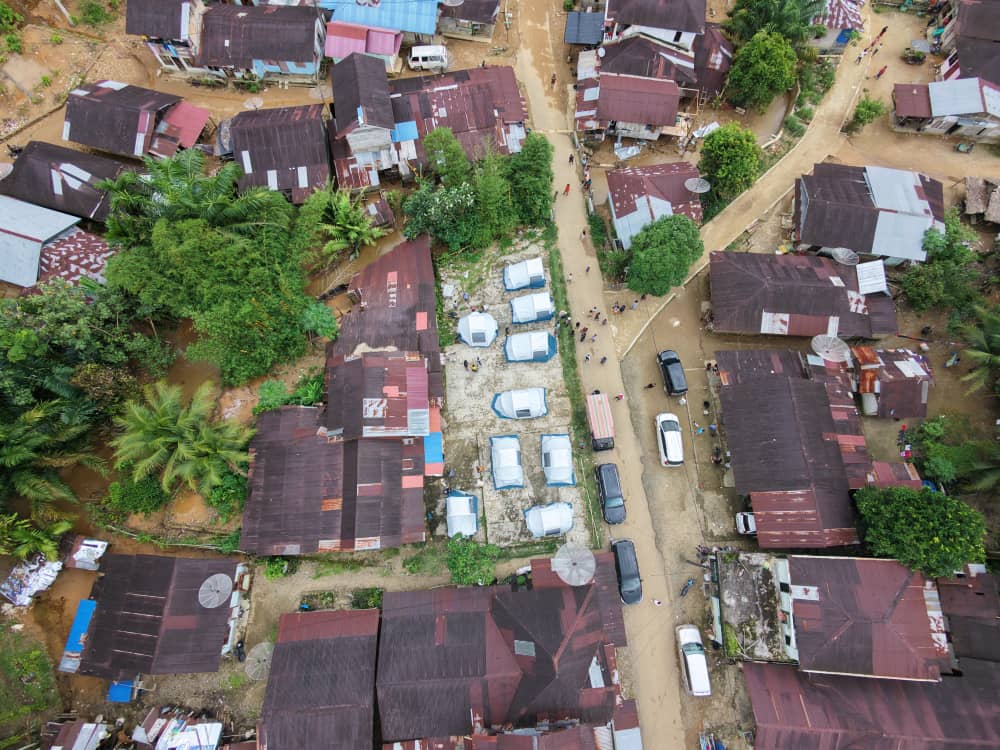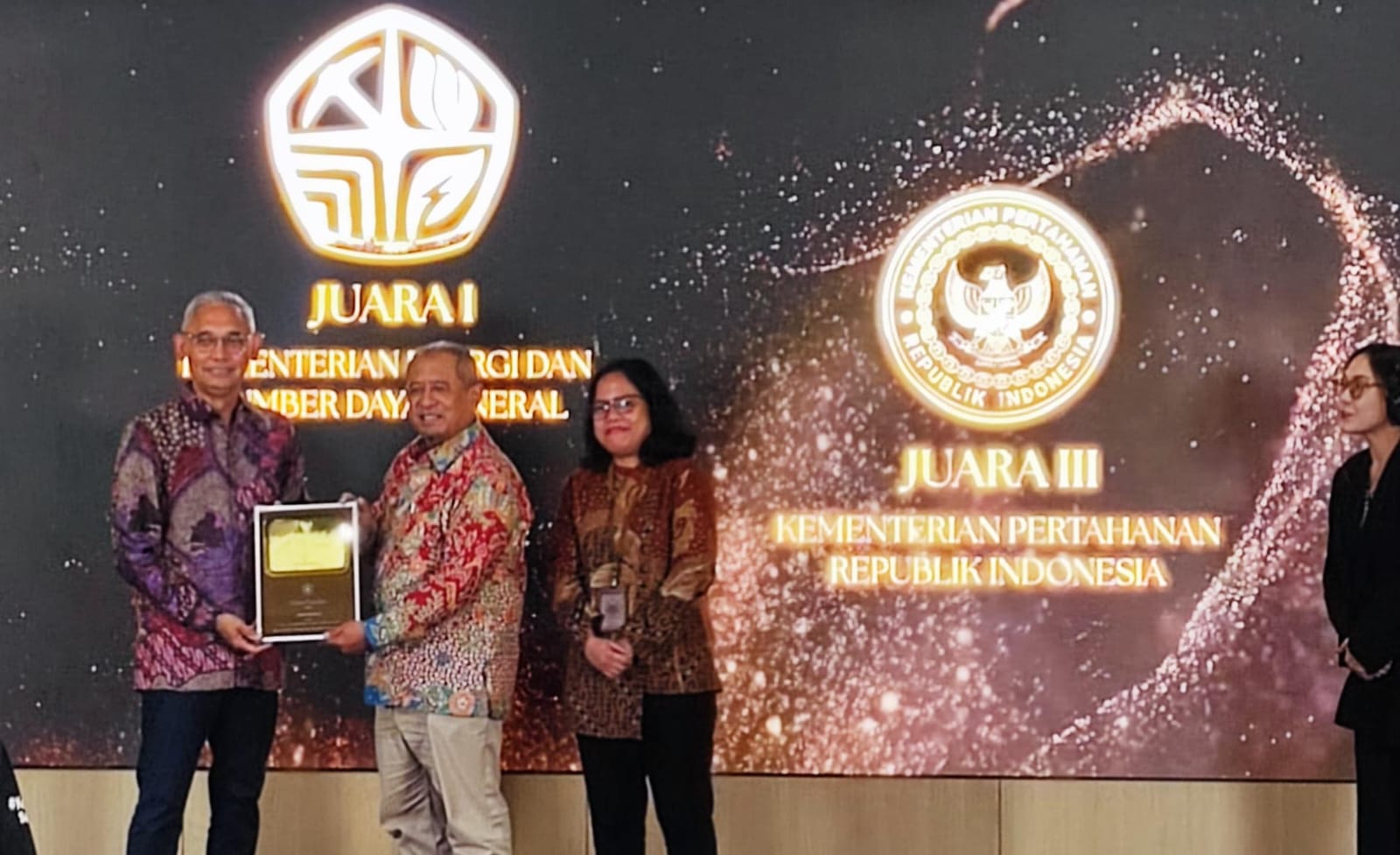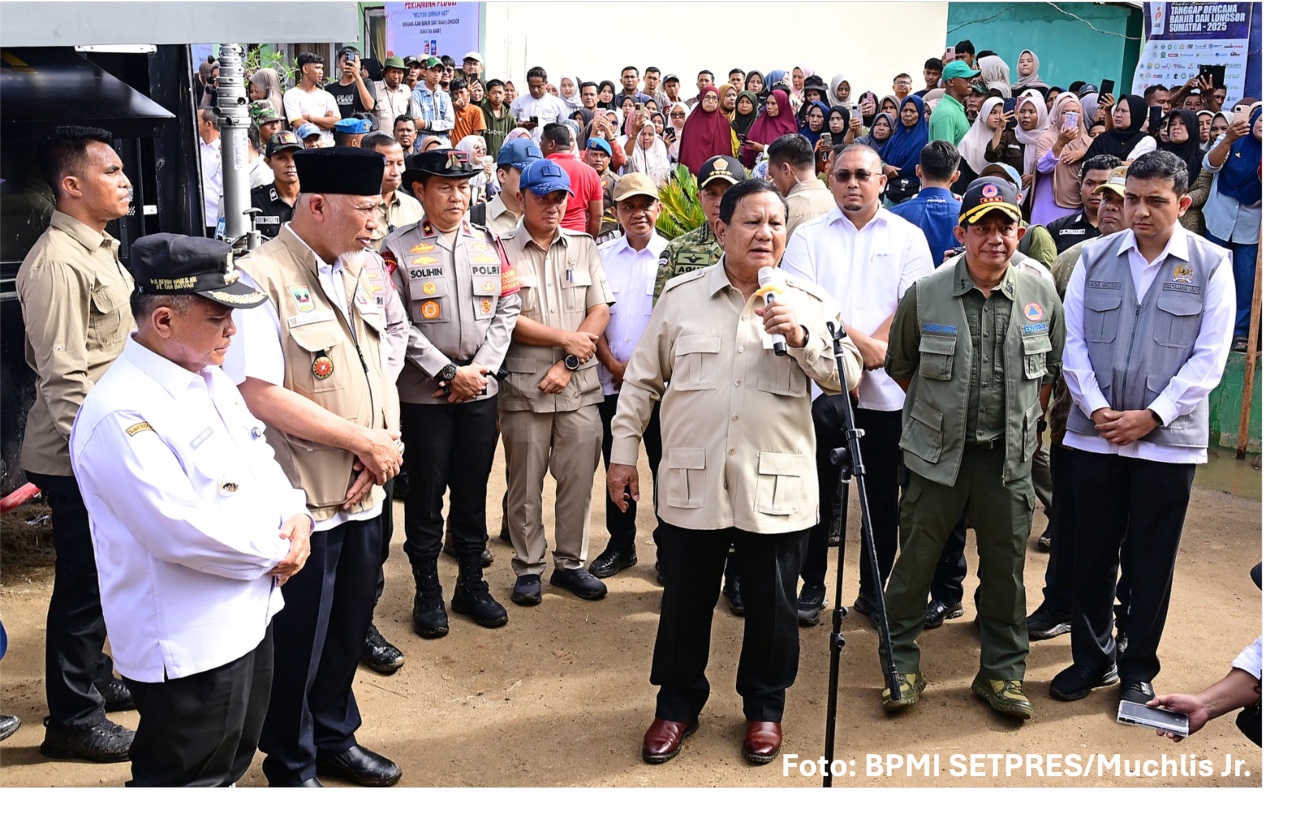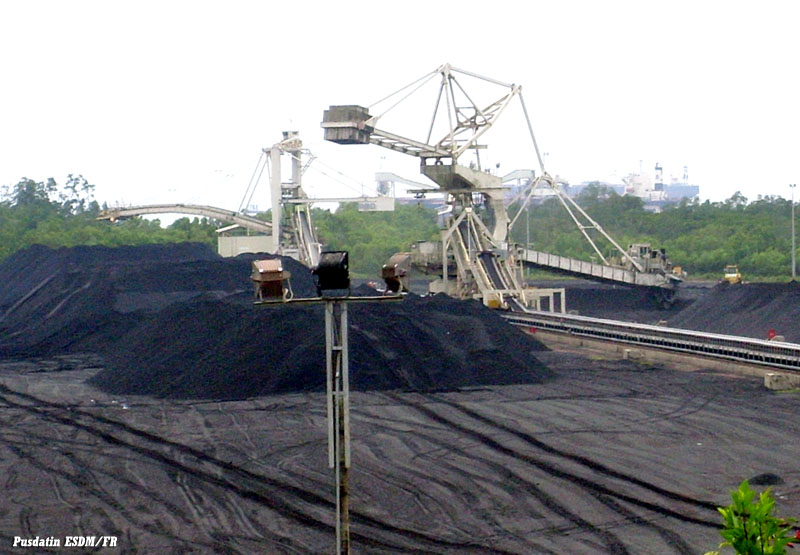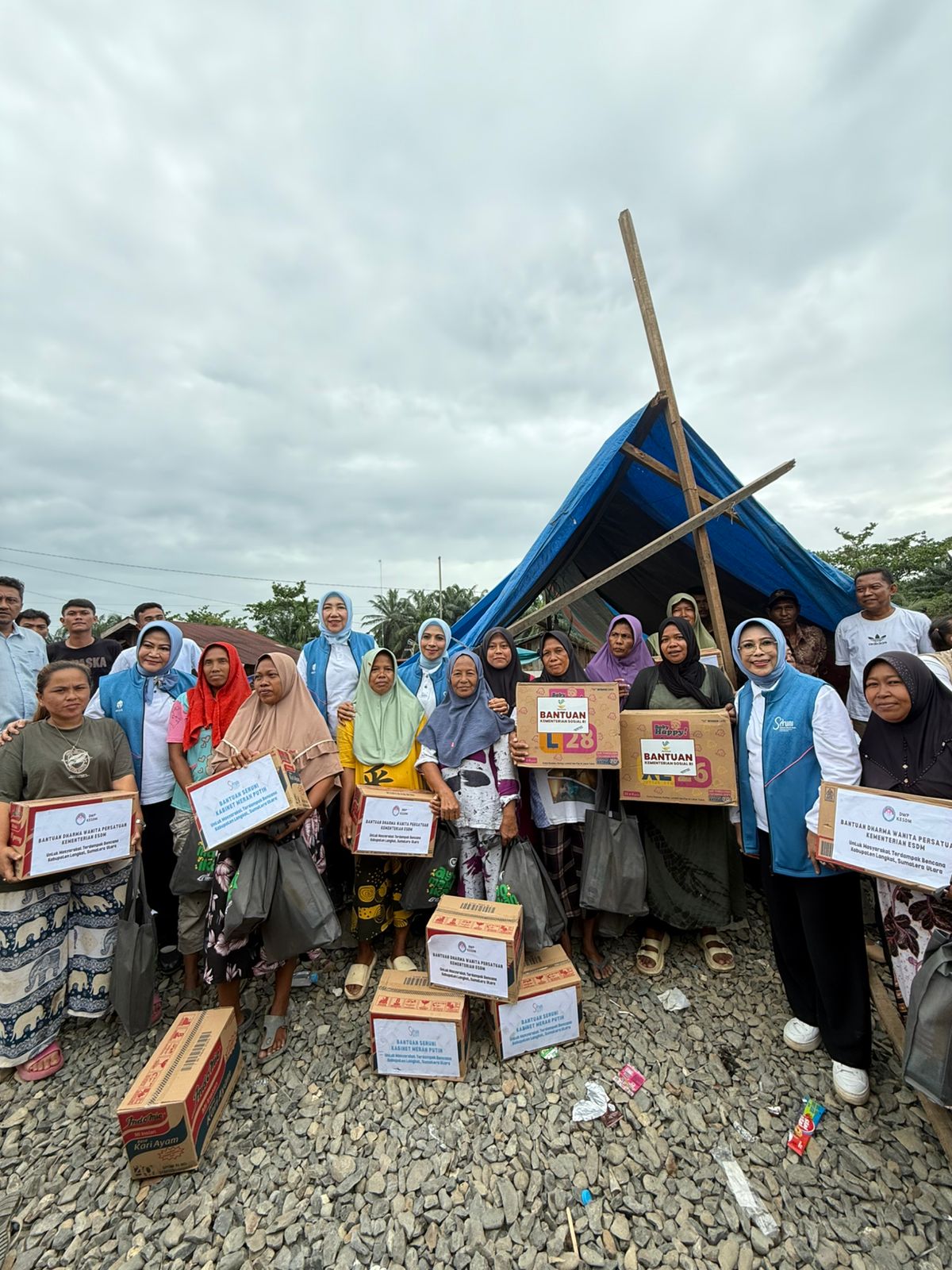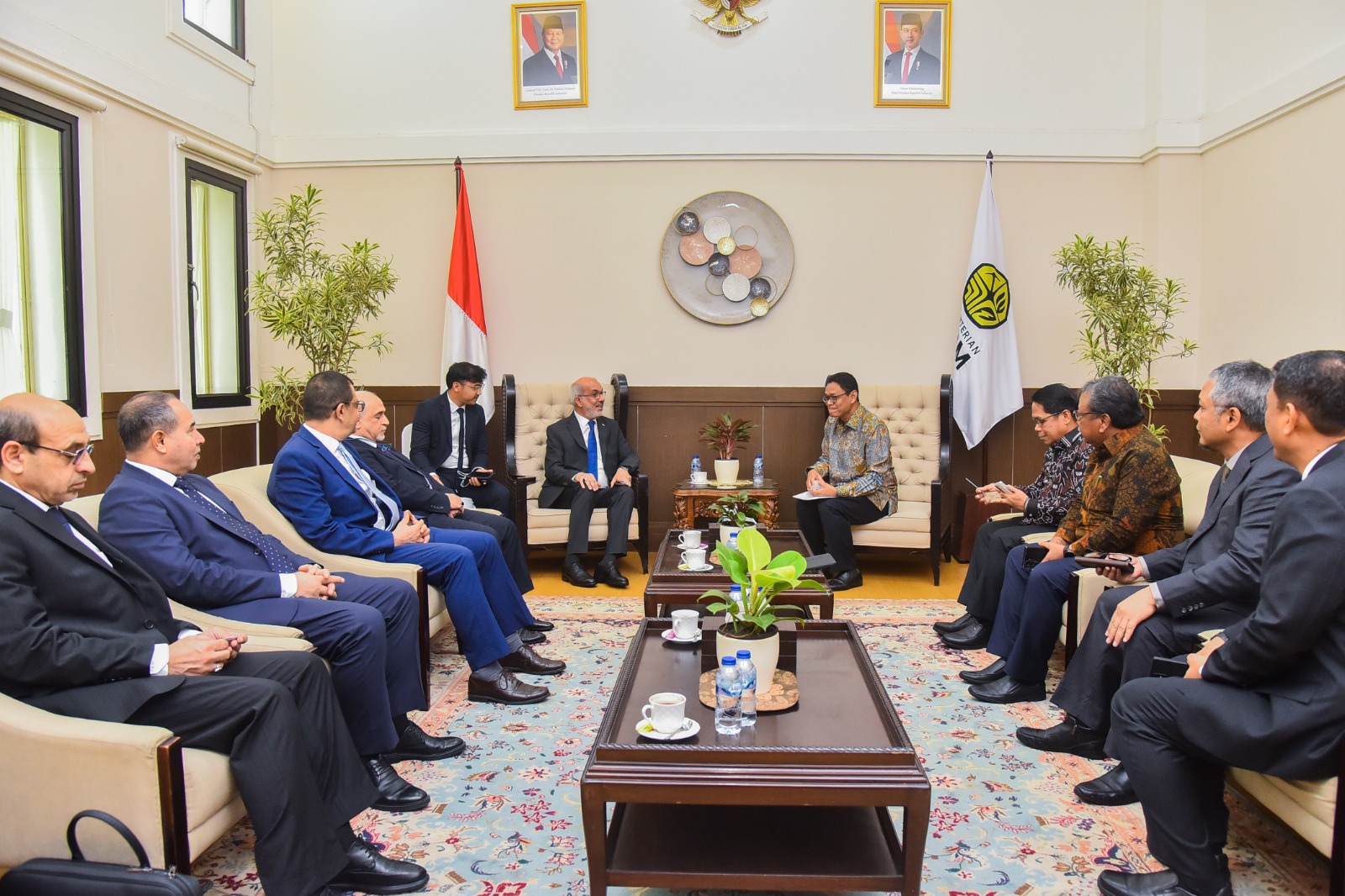From Waste to Wealth
MINISTRY OF ENERGY AND MINERAL RESOURCES
REPUBLIC OF INDONESIA
PRESS RELEASE
NUMBER: 227.Pers/04/SJI/2020
Date: 1 July 2020
From Waste to Wealth
Barnacles are no stranger to people living on the coast. Coming from the same family as crabs and shrimps, this animal is often found in shallow waters. With a body covered in hard plates like mollusc shell, barnacles live stuck on hard surfaces such as rocks, iron, boat bottoms, ship hulls, pipes of power plant's cooling system and other objects submerged in sea water along the coastline.
Barnacles are also commonly found at the cooling system of PLTU (coal-fired power plant) Tanjung Jati B, one of the largest power plants in Indonesia. Every year, no less than 350 tonnes of barnacles are produced as intake waste of the cooling system. Barnacle waste used to be piled up at empty areas in the power plant, but now it is processed into chicken feed at villages in Ring-1 area of PLTU Tanjung Jati B.
"We use bio-activator to decompose the intake waste which is dominated by barnacles, so the smells can be reduced drastically. The compost is processed into shellfish powder to feed layer chicken at villages located in Ring-1 of PLTU Tanjung Jati B," said Eko Ahadyat, PJ OPK3 of PLN UIK TJB to the esdm.go.id team on Tuesday (30/6).
According to Eko, barnacles are rich in nutrients, making barnacles compost a good source of poultry feed supplement. Chicken that are fed by this compost lay larger and good quality eggs, so the local communities get financial benefits. "Barnacles have a high concentration of protein, so layer chicken fed by barnacles compost can produce up to 20 percent more eggs with larger size. The feed costs are reduced significantly too," he said.
Eko added that the production costs of the shellfish power are much lower than the rent of land to pile up the intake waste. "The bio-activator costs Rp 8 million for use in the first month. Later, we cultivate the bio-activator ourselves, so there is no additional cost. If we rent land, the land rent ranges from Rp 30 million to Rp 360 million per hectare per year," explained Eko.
In addition, Eko is convinced that the program will potentially prevent future conflicts with local communities. "Because the waste composition is dead bodies of sea animal that decompose easily, the intake waste has a strong smell. This program will eliminate the potential of people's complaint due to the smell and diseases caused by our intake waste pile," Eko concluded. (IY)
Head of Bureau of Communication, Public Information Services, and Cooperation
Share This!

